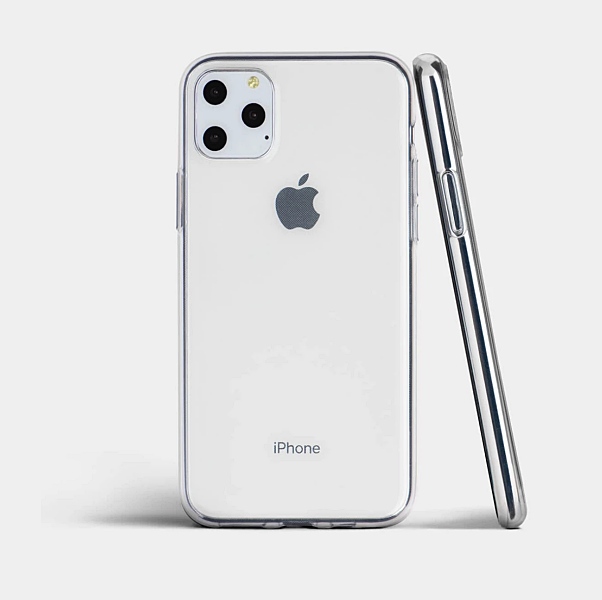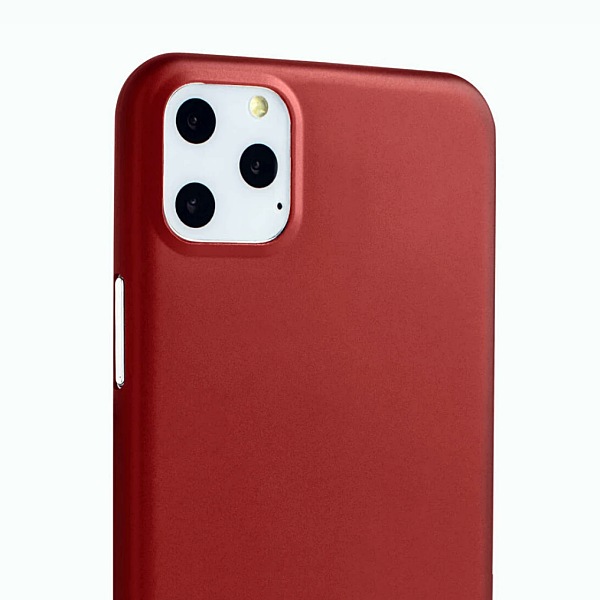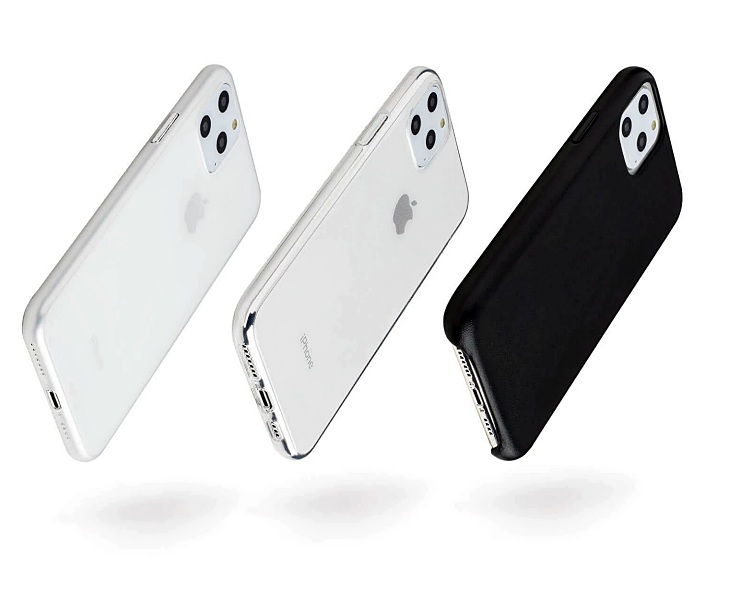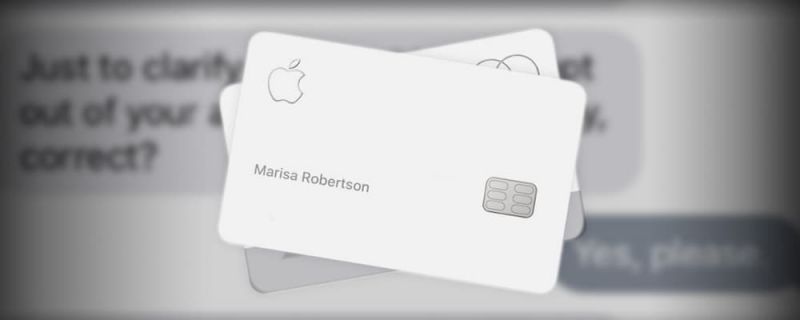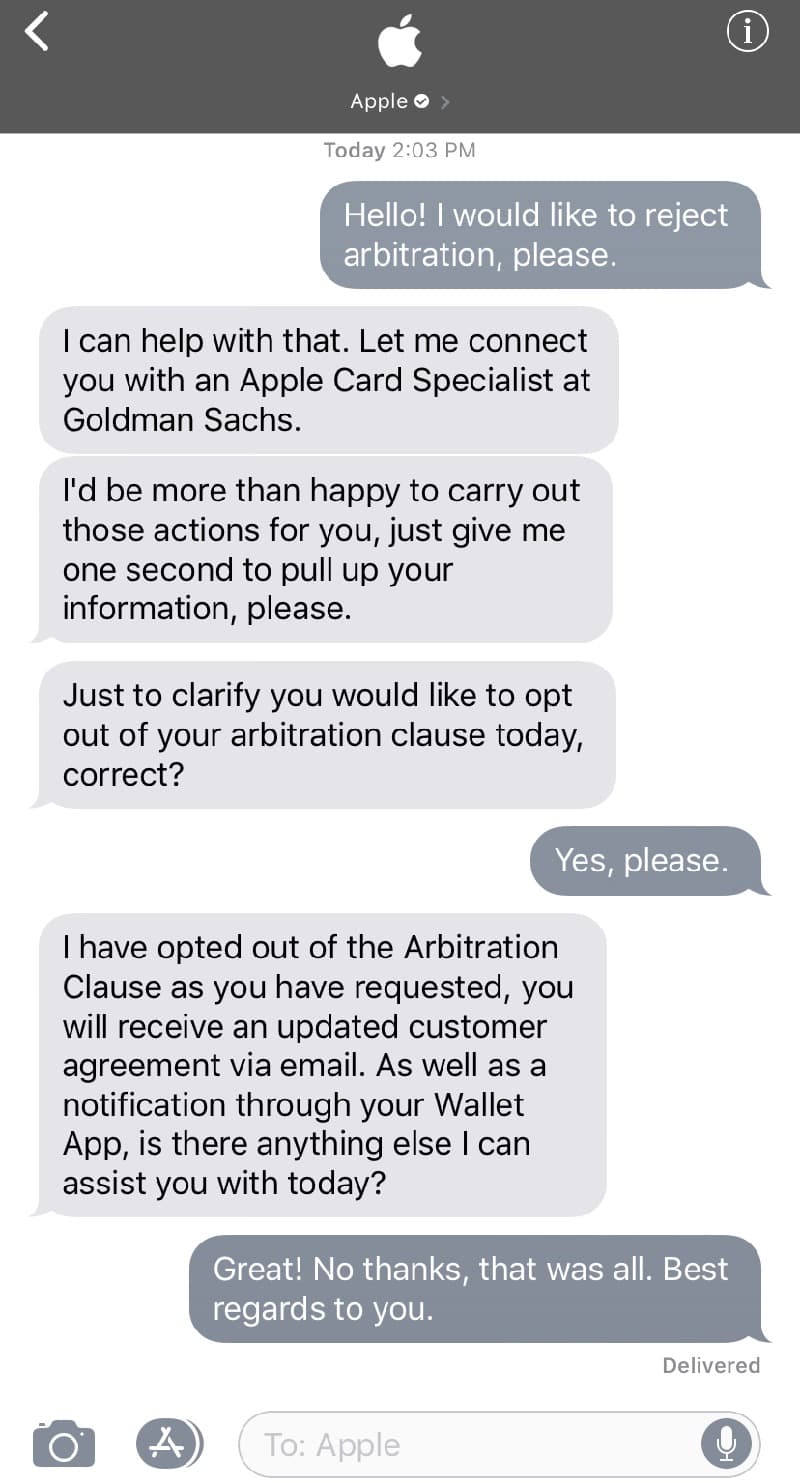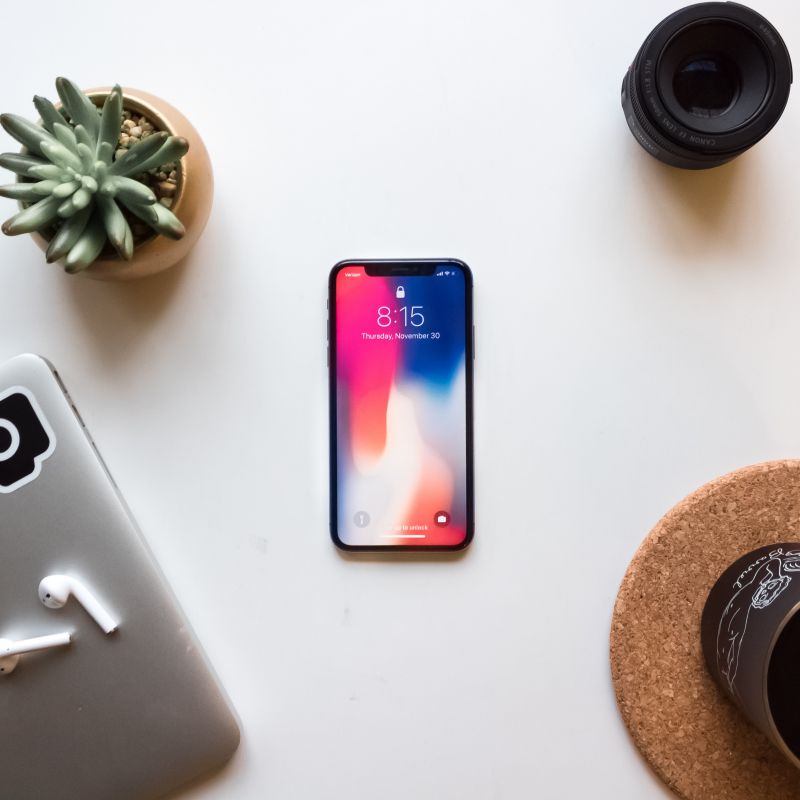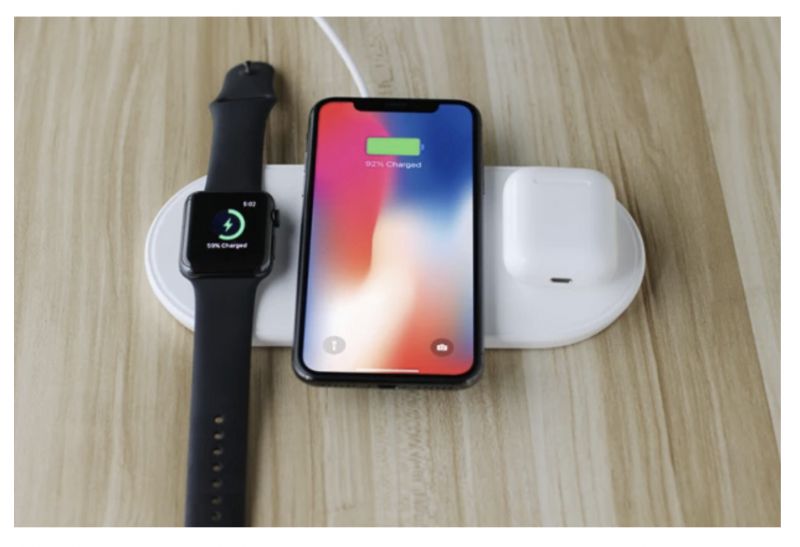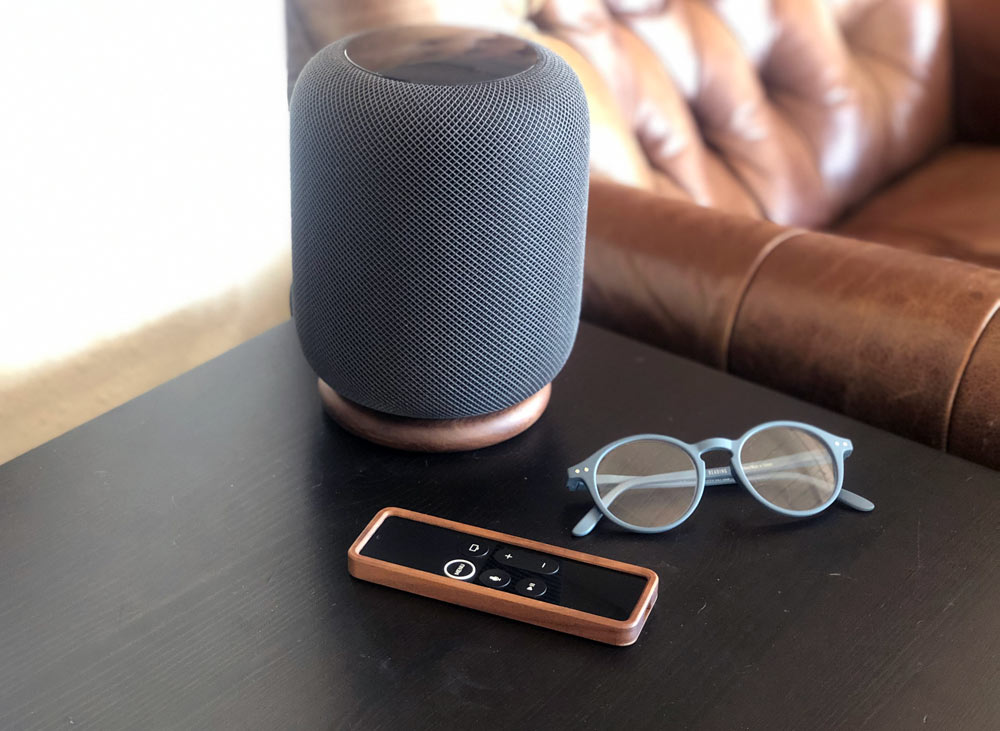
REVIEW – Flösku is a relatively new company based in England and their first accessories are precision crafted for Apple products. We’re taking a look at their Remote Case for Apple TV and the Halo Stand for Apple Homepod.
What are they?
The Remote Case is aptly named as it’s a two-piece case that encloses the Apple TV 4k remote. The Halo Stand is a perch specifically for the Apple Homepod. Both products being reviewed are made entirely from wood and more specifically, walnut.
What’s in the boxes?
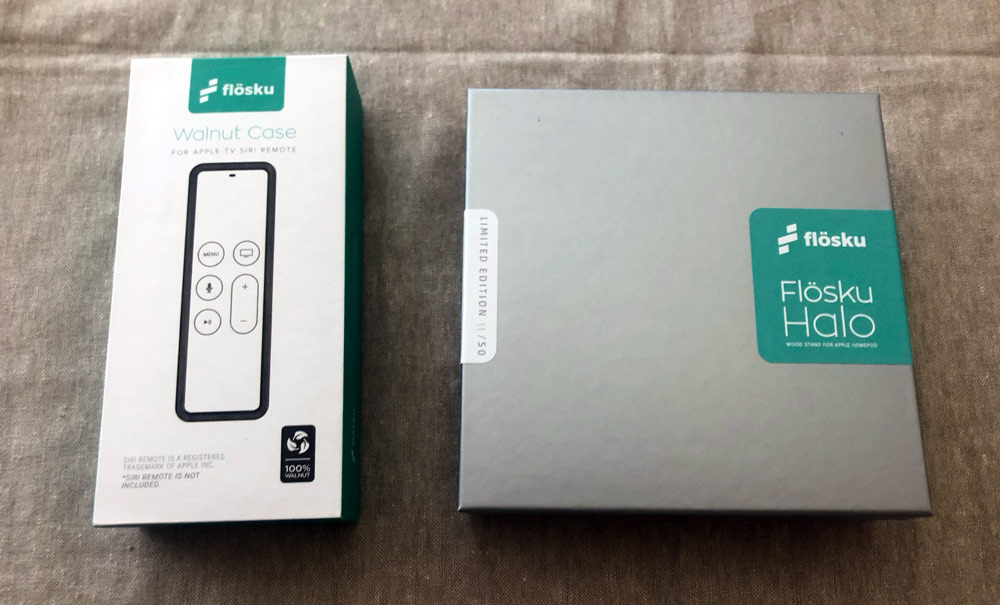
- Each product is lovingly packaged in the equivalent of a jewelry box and includes instructions.
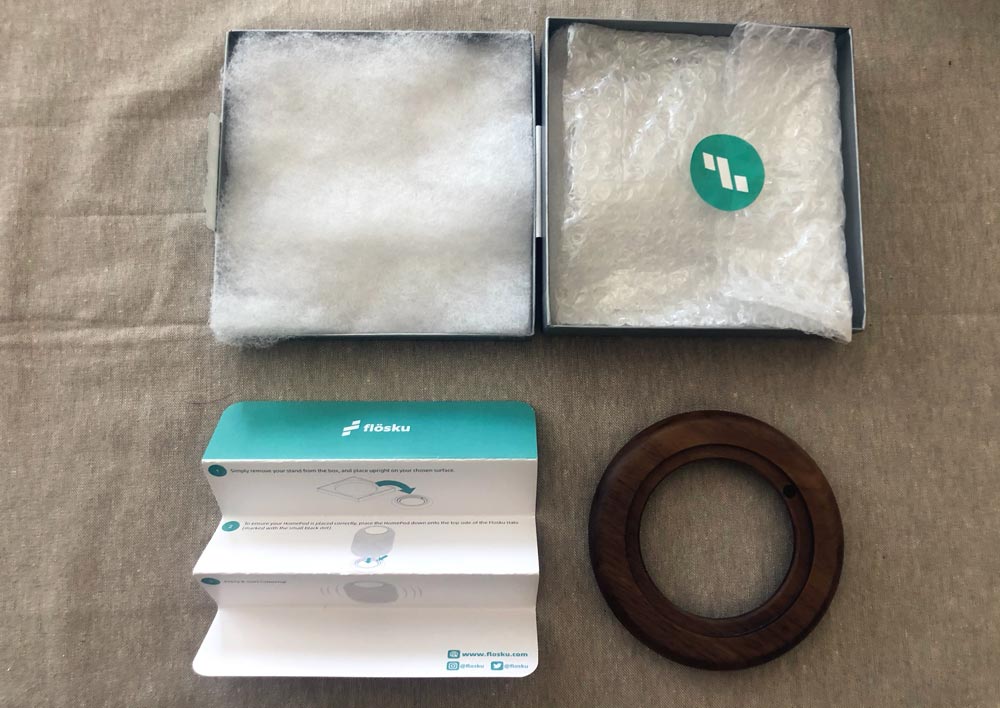
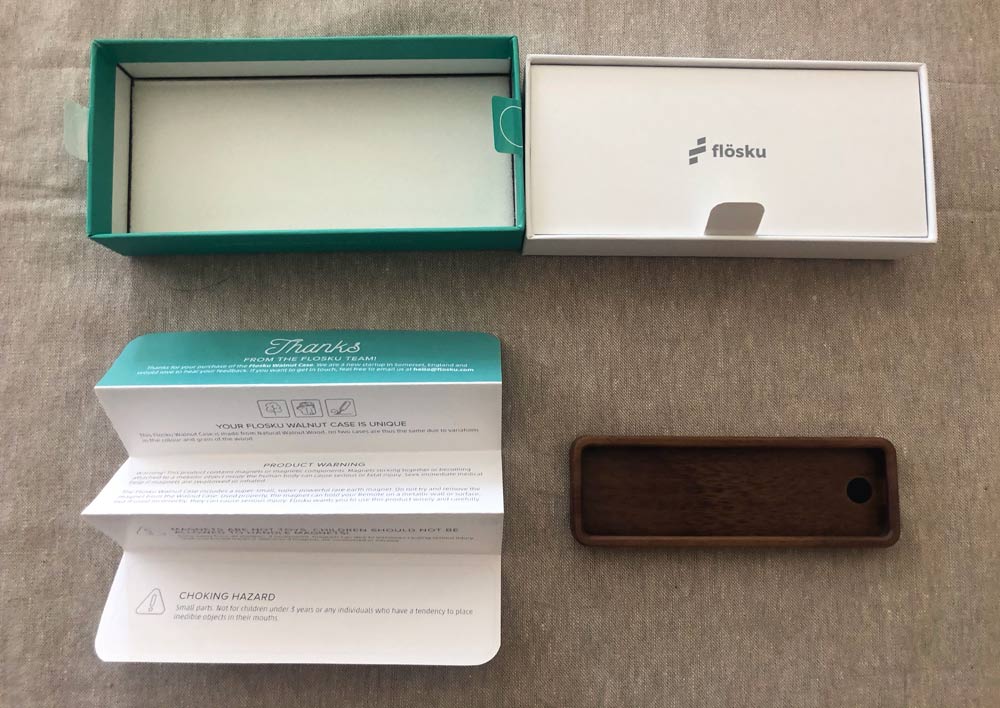
Hardware specs
- Both products are 100% walnut and assume you own the corresponding Apple product; the Apple TV remote for the Flösku Remote Case and the Apple Homepod for the Flösku Halo Stand.
Design and features
Flösku clearly both enjoys and is proficient working with wood as evidenced by these two accessories. They also create in aluminum which they use for a stand machined for the Apple Pencil, but let’s look closer at these wooden gems individually.
The Remote Case is made with two separate pieces.
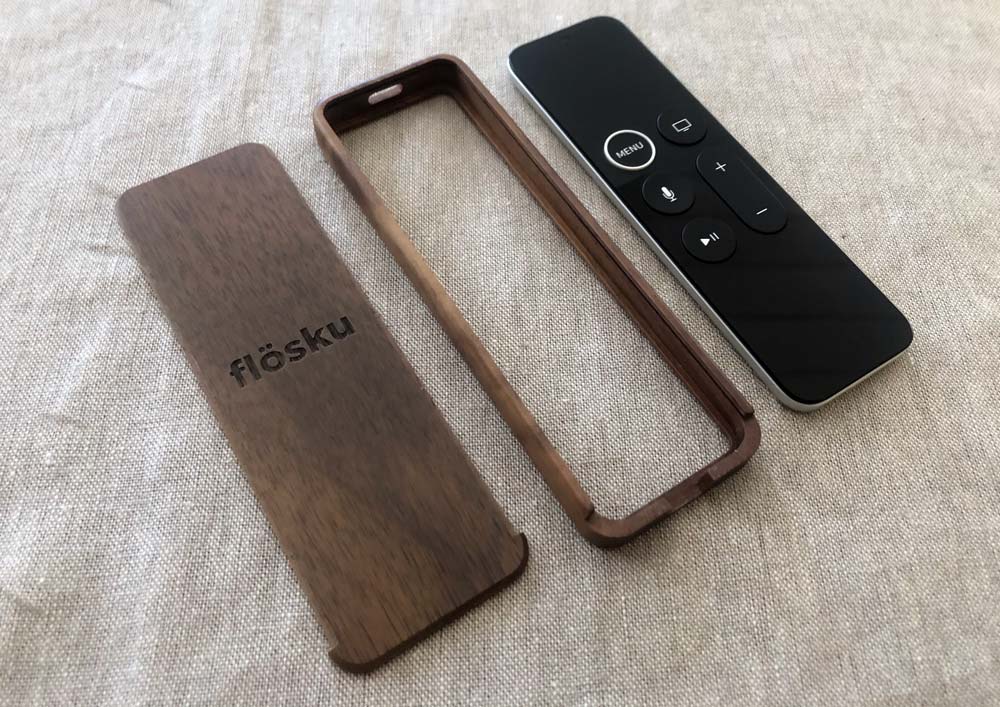
A recessed frame allows the remote to nestle into place with a cut-out windows for the IR blaster at the front and the lightning charging port at the bottom. The back is perfectly flat with a machined edge that slides into grooves along the inside edges of the frame and closes completely flush. The Flösku logo is recessed into the back panel very tastefully.
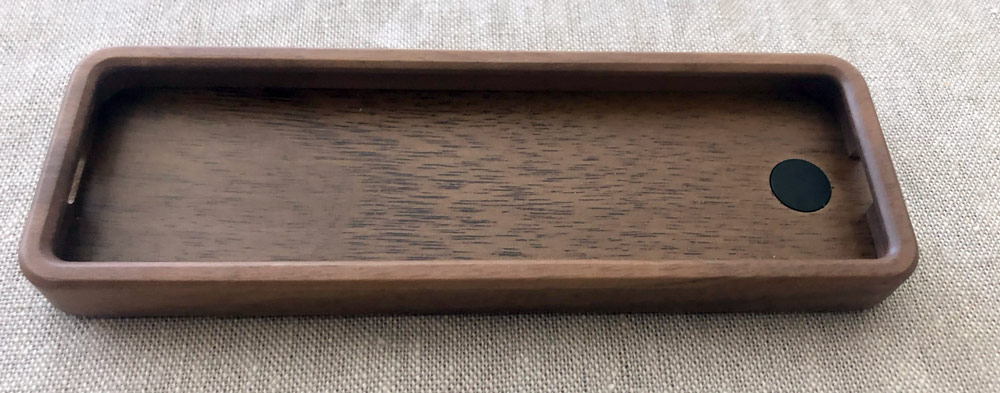
Flösku added a neodymium magnet in the back panel for attaching the remote to metal objects nearby. You’ll notice the installed remote will now have a walnut lip around the top surface, but you’ll still have full access to all the remote’s controls.
The Halo Stand is a remarkably clean and elegant donut shape (yes, there are elegant donuts out there) with a rounded surface that faces up toward the Homepod and a flat side for resting against your table.
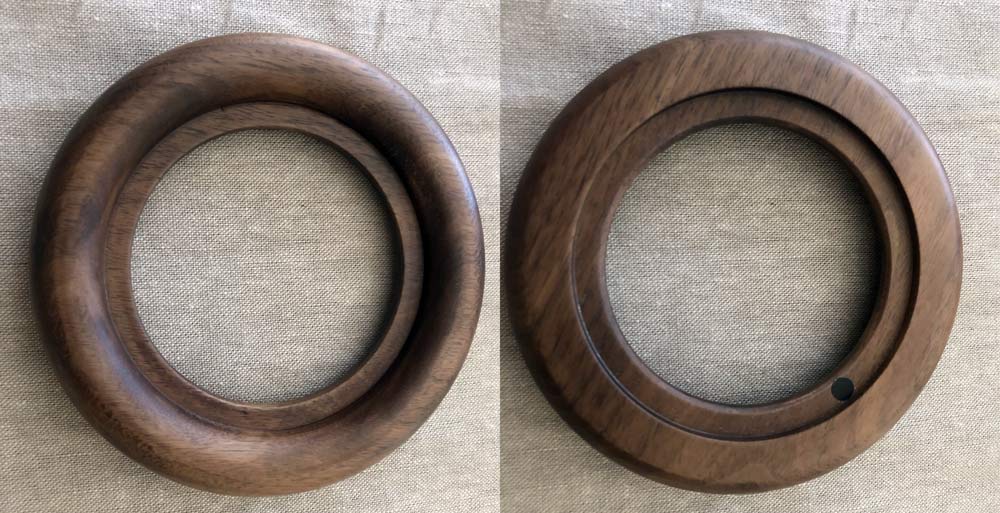
Flösku added a small round sticker just to help easily identify which side is down as the two sides are pretty similar in profile.
Setup
Remote: Slide the back from the case towards the end where you can see there are two parts to the case. When removed, gently place your Apple TV remote face down into the frame with the charging port on the open end.
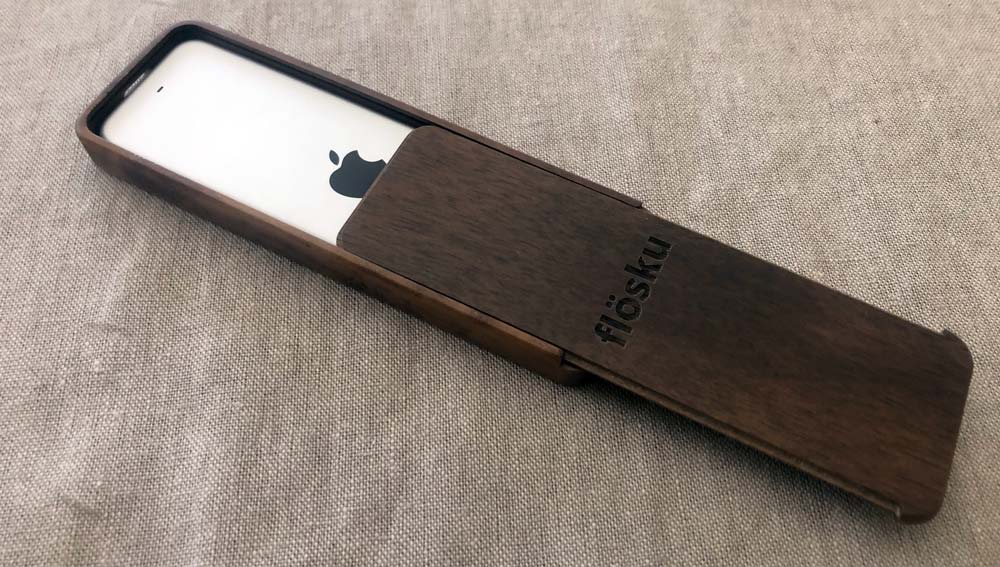
It’s a precision fit, so you may need to push the remote around the edges to seat it evenly. When done, slide the back panel back into the case from the charging end.
Halo: Place the stand flat side down and then place your Homepod on top making sure that its foot sits inside the top surface of the Halo.
Performance
When the Homepod originally launched it wasn’t too long after that there was rumbling on the interwebs of the elastomeric foot leaving discolored rings in the surfaces of wooden furniture. I didn’t experience that issue myself, but can tell you that the Halo would definitely prevent that from occurring since you’ll now have a wood-to-wood relationship. Additionally, I prefer the look of the Homepod with the Halo underneath. We have a large selection of dark woods around our house and it fits right in.
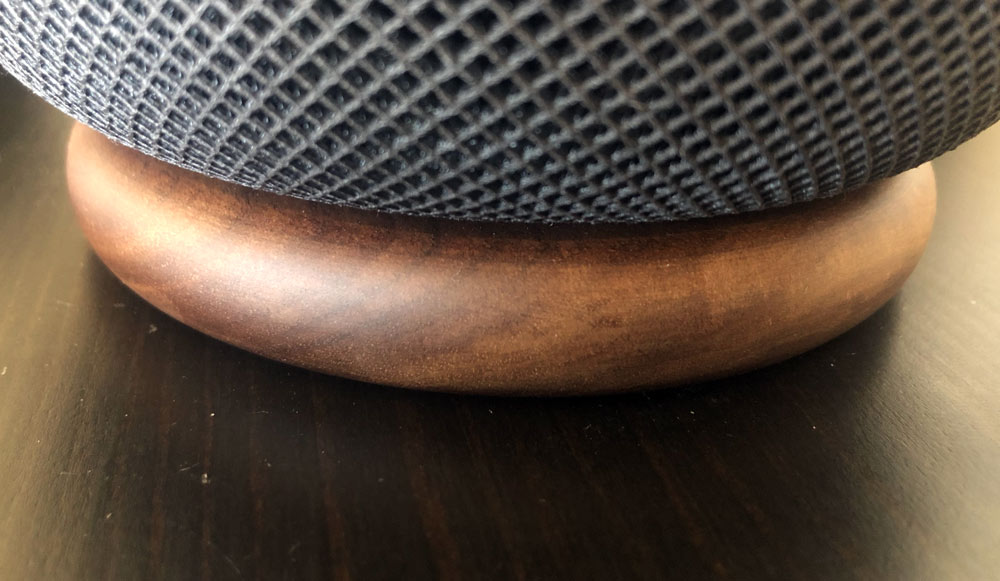
There’s no further adjustments or interactions required, unless you’re moving your Homepod from room to room for some reason, so performance critique is really deciding if anything has changed with Homepod use. I haven’t noticed any issues with the stand affecting Homepod’s sound for one. I was originally concerned that foregoing the soft rubbery foot might lead to some vibration or other rattle. Nothing of the kind presented itself. No issues either when it comes to moving the Homepod when dusting. If anything, it’s actually easier as I can slide it out of the way and back again without having to upend the Homepod and clean the rubber foot.
As for the remote, there’s a little more performance to consider looking at the case as it’s now in your hand constantly.

The walnut just feels great to hold. It’s warm and smooth and the raised perimeter allows you to hold it without accidentally hitting the touchpad area until you’re ready to actually do so.
The IR blaster at the front of the remote lines up with the hole beautifully, as does the charging port with enough clearance for lightning connectors with overmolds larger than Apple’s own cables. The remote doesn’t need to be charged often, but it’s certainly nice to not need to remove the case for charging.

The magnet feature in the case doesn’t offer much functionality, as it’s not strong enough to hang the remote on any surfaces and doesn’t seem to aid keeping the back cover in place either. It could provide some stability if your side table is metal, but even that’s a stretch.
What I like
- Warm walnut color and feel
- Quality precision build
- Compliments the Apple products they’re for
- Remote case can stay on for charging
What I’d change
- Remove the magnet on the Remote Case (no benefit)
- Offer more wood and color options on both products
Final thoughts
Making accessories for accessories can be really hard for many different reasons. Flösku has found a way to create a family of products that are beautiful, compliment each other and enhance functionality (or at a minimum without impeding it). If you’ve got some of the aforementioned Apple accessories and like natural materials, these are worth a look.
Price: $43.81 – Flösku Remote Case for Apple TV, Walnut | $50.08 – Flösku Halo Stand for Apple Homepod, Walnut
Where to buy: Flösku
Source: The sample of this product was provided by Flösku.
Filed in categories: Reviews
Tagged: Apple
Flösku Remote Case and Halo Apple Homepod stand review originally appeared on The Gadgeteer on July 12, 2019 at 10:00 am.
Note: If you are subscribed to this feed through FeedBurner, please switch to our native feed URL http://the-gadgeteer.com/feed/ in order to ensure continuous delivery.
